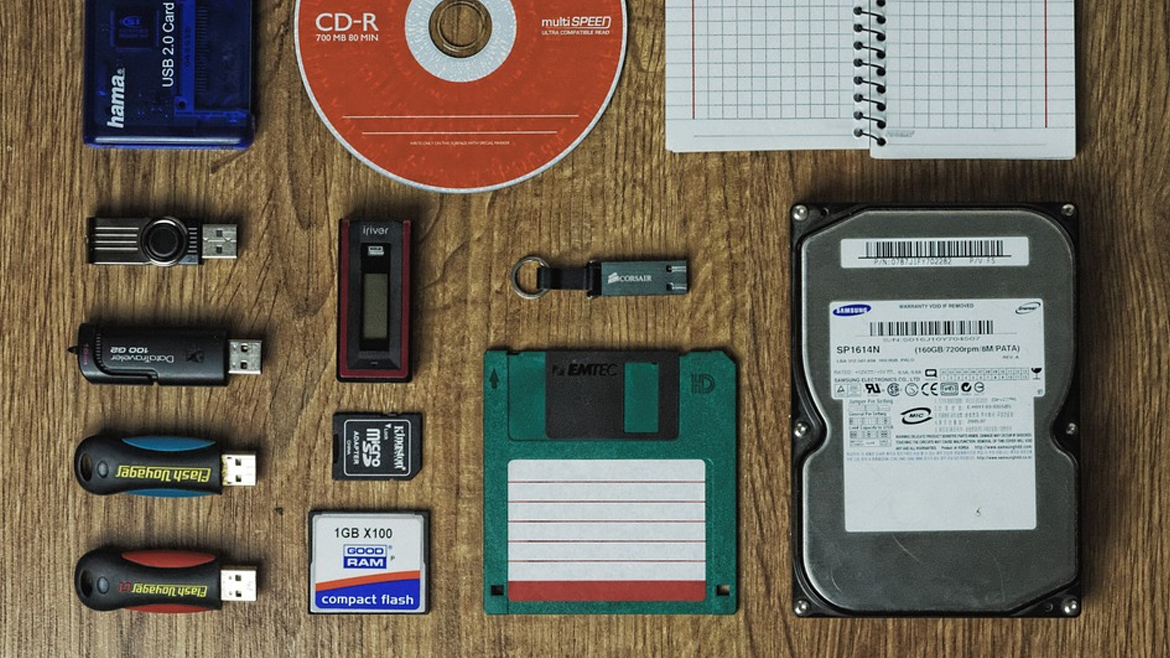Have IT that can weather the weather.
Have you ever thought about what would happen to your business in the event of a disaster?
According to FEMA, 40 percent of businesses will not reopen after a disaster, and another 25 percent will fail within a year. Chances are you have insurance to help you rebuild in the case of a natural disaster, but what if you lose your information systems and data?
According to a June 2015 survey by Nationwide Mutual Insurance Company, 75 percent of small business respondents have no disaster recovery plan in place. In addition, 52 percent believe it would take three months or longer to recover from a disaster. What happens if you lose your accounts receivable data, business contacts, or patient records?
Here are three steps to take to help make sure your business can weather a storm and ensure your data is secure:
Step 1: Develop Disaster Preparedness Plans
There are two types of plans you should consider to help your business recover in case of a disaster: a backup disaster recovery plan and a business continuity plan.
- Backup Disaster Recovery (BDR) is the process of recovering data from computer system backups. Developing a BDR plan requires identifying which IT systems and data are critical, how long you can function if they are unavailable, and, upon recovery, how much data loss is acceptable to your business. Take some time to ask yourself (or your IT person or your IT provider) the following questions:
- When was the last time we tested a recovery of our backups?
- How long does it take to recover from our backups?
- How much potential data loss do we have from our backups?
Then consider what additional steps you need to take to ensure your data is safe.
- Business Continuity (BC) is the capability of an organization to continue delivery of products or services at acceptable, predefined levels following a disruptive incident (i.e. disaster). Planning for BC includes more than just technology and data. You must also consider staff and customer communications plans, alternative business locations, and possibly backup vendors to fill orders or provide services.
When making your plans, you should walk before you run. Have a good BDR plan first, then tackle BC planning.
Step 2: Incorporate Modern Backup and Data Recovery Solutions
Many traditional BDR solutions are no longer sufficient for modern businesses. Tape drives, disks and NAS devices have many drawbacks, including slow backups, long times for data recovery, and a high risk of corrupting or destroying data. They can be difficult to test, time consuming, and susceptible to human error.
A modern BDR solution saves data quickly and efficiently to both a local device and the cloud (which we discussed in our last post), resulting in predictable recovery in the event of a disaster. Ask your IT provider for a solution that is fully automated, can be tested, and provides predictable and acceptable recovery in the event of a disaster.
Step 3: Test the Disaster Recovery Plan
Develop the plan and test it often. Work with your IT provider to make sure you can turn off all critical systems and recover all systems and data in an acceptable amount of time. A recovery that takes eight hours to perform might work for one business, but could be catastrophic to another.
It’s time to ensure you have a plan in place to keep your company up and running in the event of a disaster, especially regarding your IT systems and data.

